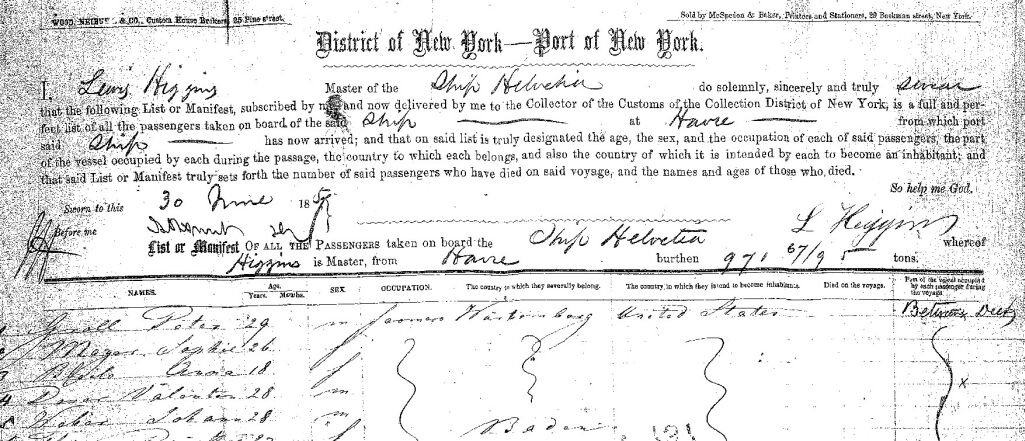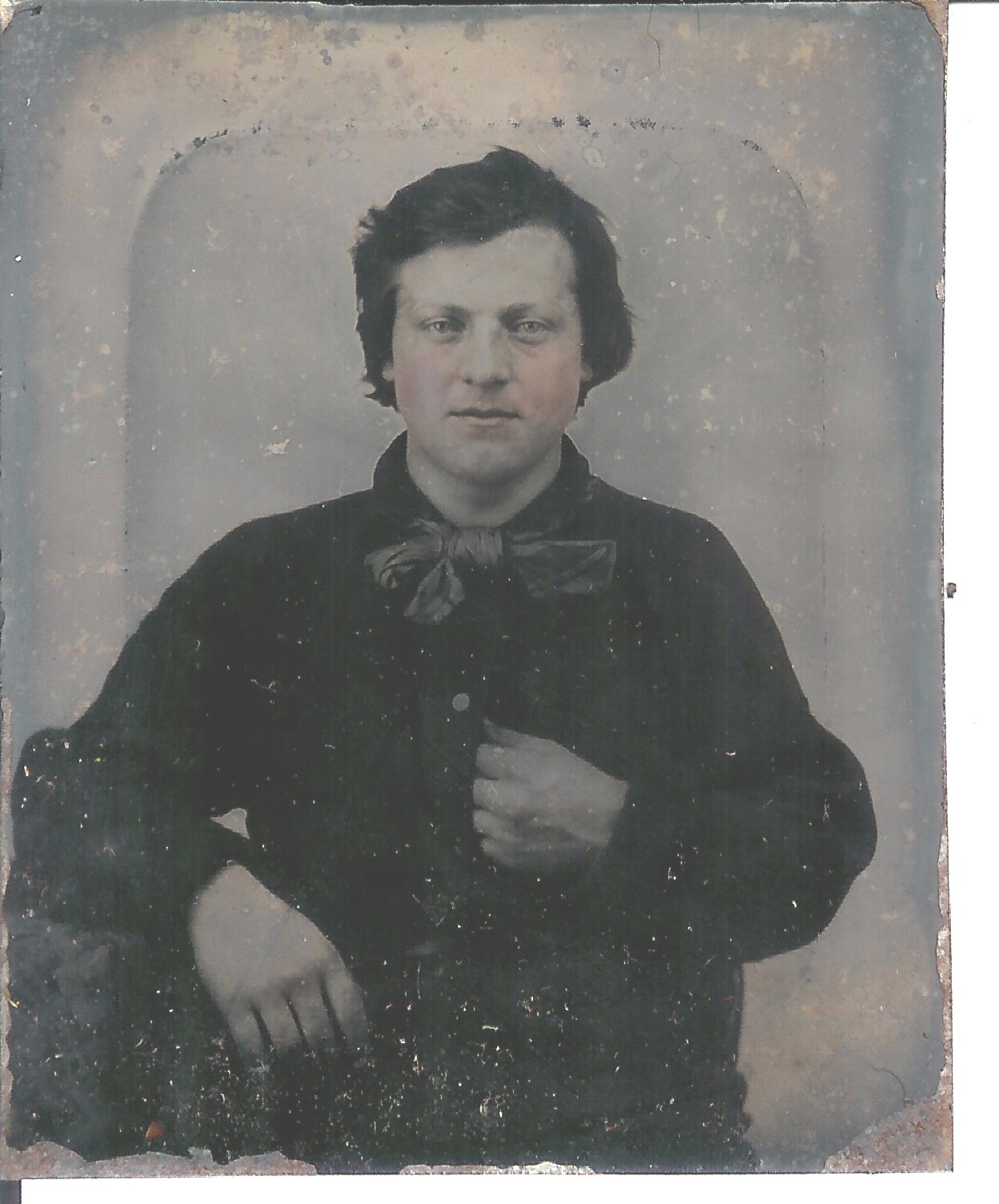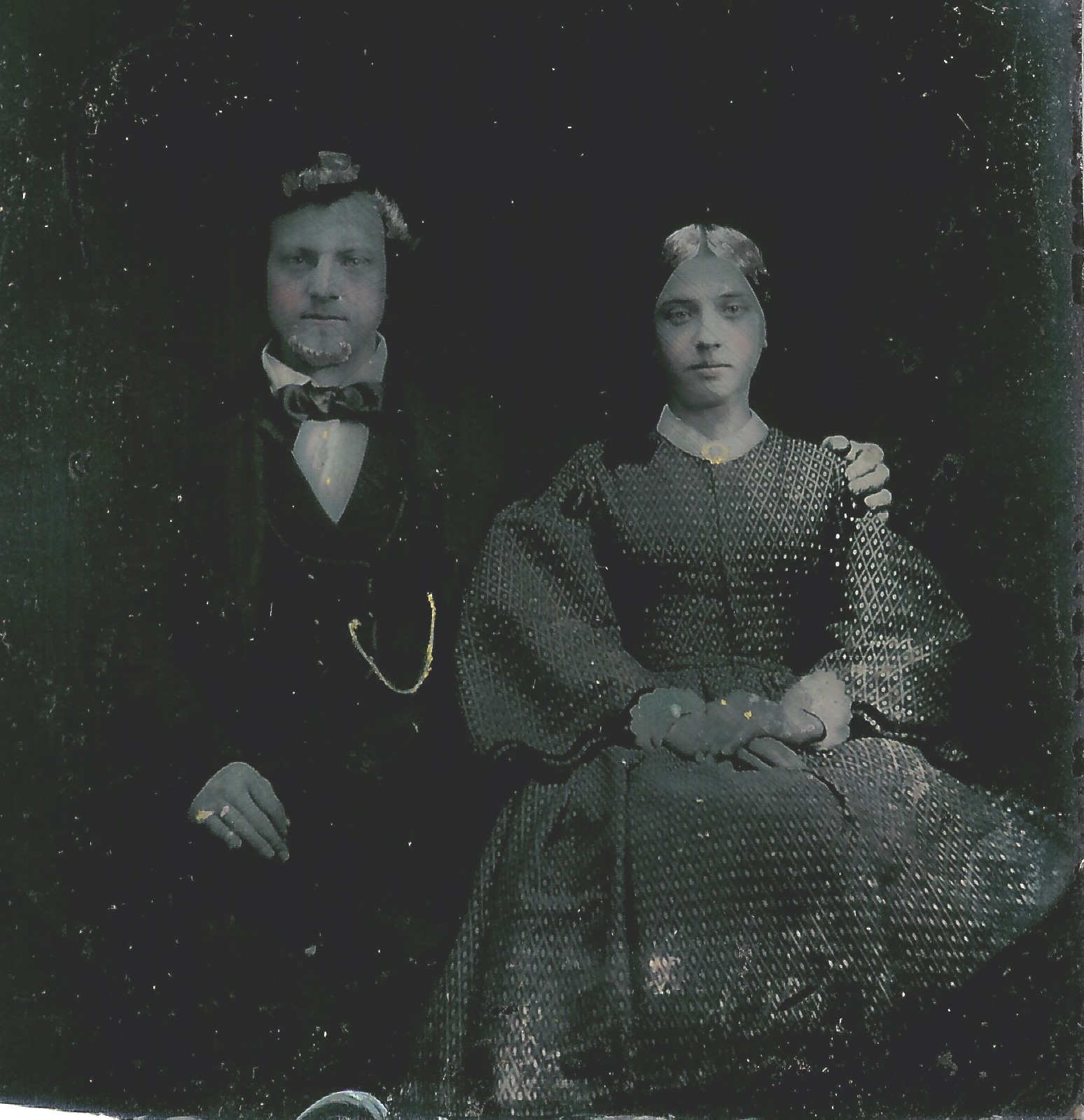I said such things !
O horrible, to be in chains !
That is true !
(–excerpted from George Eliot’s The Spanish Gypsy)
In studying nineteenth century literature, I continually encounter the exclamation mark! Authors from that era use it as if it’s never been used before! Which made me wonder about the history of the exclamation mark! (Enough, I’m already exhausted.)
The exclamation point seemed like an afterthought as late as the mid-twentieth century. I remember my mother teaching me to type on her old Royal typewriter when I was a child. To make an exclamation mark, we would first type a period . , then backspace and type an apostrophe ‘ in the same spot — a tedious process.
It turns out, the exclamation mark came into existence in England in the 15th century, under a different name. It was called the “note of admiration.” In Germany, it made its appearance with the 1797 printing of the Luther Bible. (I’m getting all of this from Wikipedia.)
In the German language, the use of the punctuation is special. It not only makes a sentence “exclaim” (My goodness, you use a lot of exclamation marks!), it also is used for salutations (Dear Sister-in-law !), for warnings (No Trespassing!), and at the end of a sentence when giving a command (Stop here!).
And just as I suspected, it made its advent into common use at the beginning of the nineteenth century, so writers used it then with reckless abandon. Astonishing!





